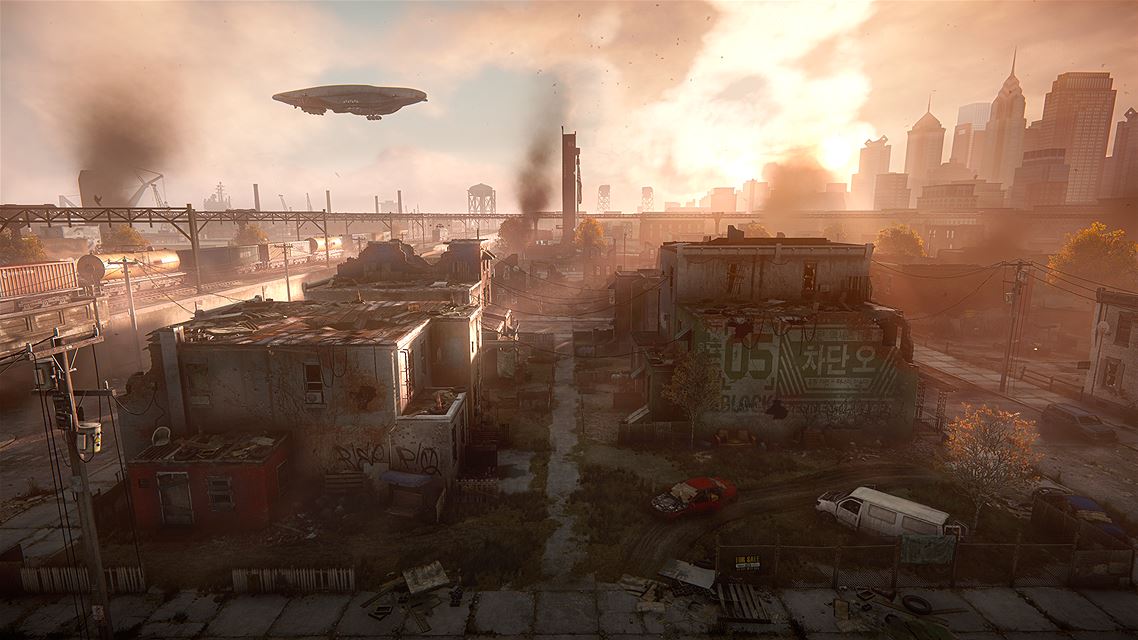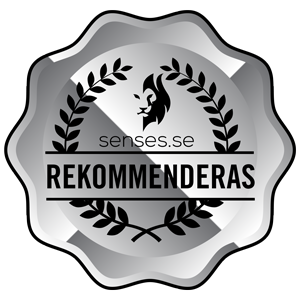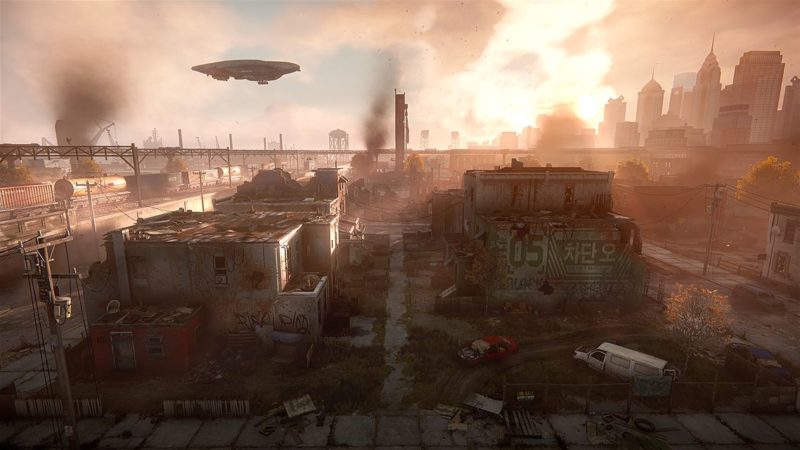TL;DR
Homefront: The Revolution plunges you into a war-torn Philadelphia, four years after a devastating North Korean invasion crippled the US. You'll join a fledgling resistance, using guerrilla tactics and scavenged gear to fight back against an oppressive regime. The game boasts detailed, crumbling environments and a compelling narrative of reclaiming freedom, but suffers from repetitive mission structures and occasional clunky gameplay. While it doesn't quite revolutionize the FPS genre, its atmosphere and focus on a popular uprising offer a fresh, albeit sometimes frustrating, experience. Dive in to see if this rebellion sparks your interest!
The concept of a foreign invasion of the United States has been explored in games like Freedom Fighters, select entries in the Call of Duty series, and Turning Point. These titles examine the scenario where the world’s most militarily powerful nation is unexpectedly forced to defend its own territory, shifting from projecting power abroad to struggling for survival at home. The narrative focuses on the vulnerability of the American superpower when its foundations begin to crumble.
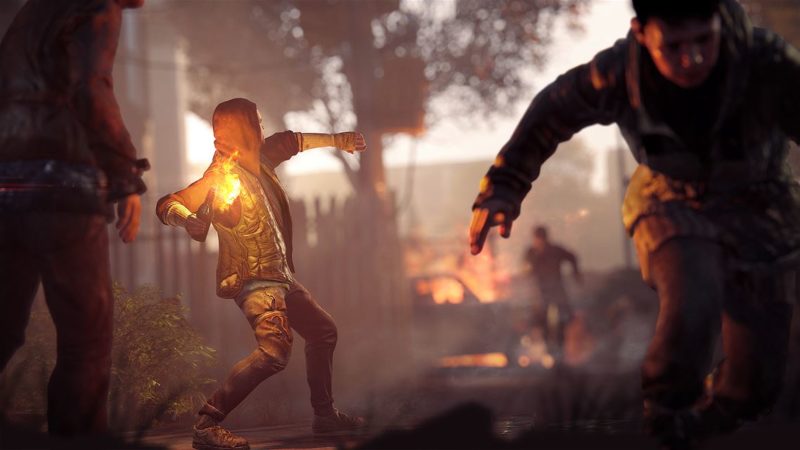
Homefront: The Revolution revisits this theme, following up on the original Homefront, released in 2011. The sequel’s development has been protracted; a half-decade gap between installments is significant, especially within the fast-paced FPS market. This delay can be partially attributed to the difficulties experienced by THQ, the original publisher of Homefront. Deep Silver has since taken over publishing duties for Homefront – The Revolution. Development is now in the hands of Dambuster Studios, a successor to Free Radical Design (known for TimeSplitters), which was later acquired by CryTek and contributed to the console versions of Crysis 2 and 3. As such, Homefront – The Revolution’s lineage can be traced back to titles like Perfect Dark and Goldeneye 007, although the composition of Free Radical Design has undoubtedly evolved over time.
A nod to the legacy of Timesplitters exists in the form of a small Easter egg. Players can discover an arcade machine within the game world that allows them to play a selection of levels from TimeSplitters 2. This highlights the advancements in technology; the graphical fidelity of Homefront is significantly more advanced than the approximately 15-year-old TimeSplitters 2. The detailed environments are a clear strength that Dambuster Studios can be commended for.
The game’s introduction places us on the desolate streets of Philadelphia, a city ravaged by war. Four years have passed since North Korea’s initial invasion. Following a major economic crisis, the US accepted humanitarian aid from a prosperous North Korea (whose economic success stemmed from high-tech exports; the North Korean company Apex’s technology was ubiquitous in American households prior to the collapse). North Korea leveraged this position to become a superpower, integrating its technology into American military systems. With a single command, large portions of the US military were disabled, leading to the collapse of American defenses. Consequently, American freedoms were curtailed, and the civil unrest following the economic collapse transformed the American landscape into a bleak, war-torn world.
Amidst shattered windows and burnt-out vehicles in abandoned districts, a guerrilla war is waged by the remaining resistance fighters, utilizing limited resources. Improvised Molotov cocktails replace manufactured grenades in their fight against a superior and largely anonymous enemy.
Surveillance drones dominate the skies, meticulously monitoring resistance pockets and the remnants of modern technology. An authoritarian police state maintains constant control over the populace. Armored vehicles patrol the streets, suppressing any hint of rebellion with brutal force. Recognizable landmarks have been repurposed as “Re-education centers,” designed to indoctrinate the population and foster acceptance of the new regime.
On a rain-soaked street corner, a gaunt woman with tattered clothes stands shivering. Her chapped lips and listless eyes betray a sense of despair, and her face appears weathered. Despite her condition, she attempts to solicit passersby, but her efforts lack conviction. Her strained smile and vacant gaze convey a message that contradicts her words. She sounds not happy, but resigned and exhausted.
It becomes apparent that her actions stem not from delusion, but from desperation. Driven by poverty, she resorts to selling the only “service” she can offer in war-torn Philadelphia. Perhaps before the crisis, she held a different position: a bank teller, a retail worker, or a gas station manager. These are professions rendered obsolete in a nation in ruins.
Now, she embodies misery, a vulnerable figure on a street corner, relentlessly tormented by the rain. Marks on her arms suggest her needs extend beyond sustenance.
She suppresses tears, desperately seeking the protagonist’s attention. The protagonist, in turn, is unable to offer solace.
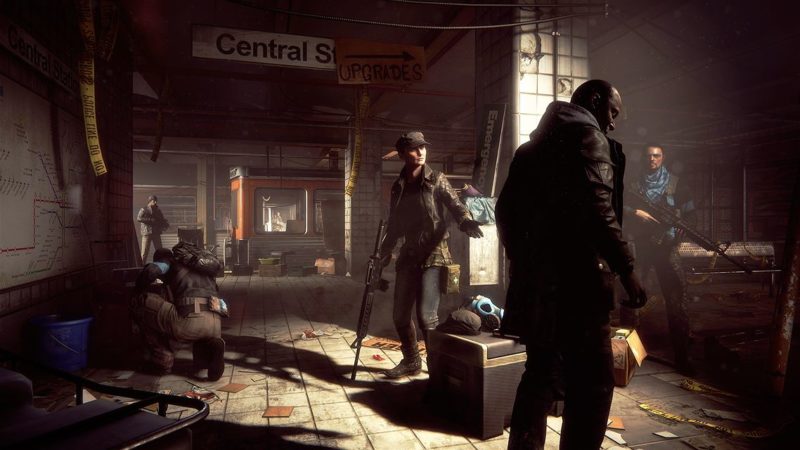
Instead, he continues on, maintaining a low profile. He, and the player, search for blue-painted objects or walls, the color associated with the resistance movement. The Philadelphia subway system offers refuge from both the rain and the surveillance of drones and airships that monitor the suffering civilian population. Blue serves as the code for identifying the resistance, while red signifies the North Korean forces. While the blatant use of blue-painted arrows as markers might seem implausible, it serves to simplify navigation within the open-world environments.
Among the resistance fighters, the atmosphere is somewhat more optimistic. Internal conflicts and limited resources persist, but basic necessities are met, infrastructure is functional, and a desire for change prevails. Using guerrilla tactics, small cells of dedicated individuals strive to disrupt the overwhelming power of the enemy with limited resources. Modified weapons and Molotov cocktails are crafted, and players collect scrap to upgrade their arsenal, as well as other valuable items for trade in the underground market.
The first mission begins, contrasting worn leather jackets and crumbling brick walls with the polished helmets and armor of the enemy, and the sleek metal of their drones. The industrial landscape blends warehouses with ruins, destroyed railway yards, and port environments. The North Koreans’ new bases stand out with their imposing black walls. Through cunning and explosives, the rebel group breaches a fortified location. A subsequent exploration reveals a less guarded entrance on the coastline, highlighting the benefit of thorough reconnaissance. However, reaching the base presents its own challenge, as failure results in a respawn 300 meters away, requiring a lengthy trek past North Korean patrols. The mission emphasizes stealth, as detection rapidly leads to reinforcements. This encourages a cautious approach, which can be time-consuming. While patience holds initially, repeated failures and long respawn distances can lead to frustration.
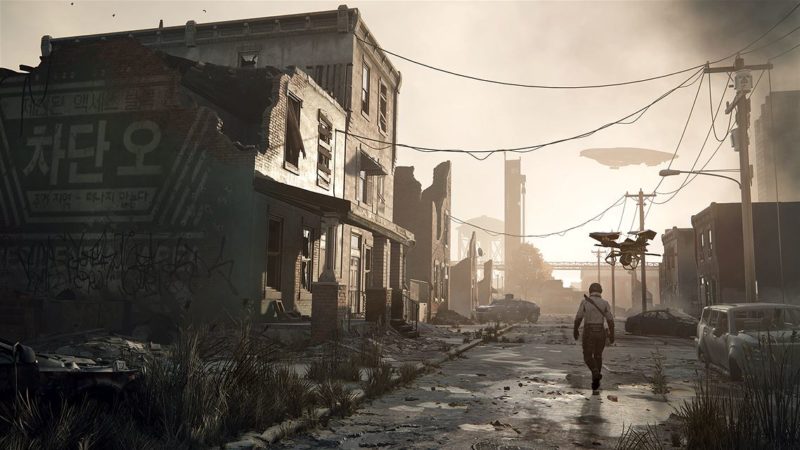
Successfully defeating the enemy soldiers and sabotaging the communications tower marks a turning point. The resistance seizes the base and begins to reclaim territory in the red zone, easing travel between missions. Acquiring a Battle Rifle with improved sights and zoom allows players to eliminate North Korean snipers, reducing the area’s danger. Motorcycles, previously avoided due to their lack of discretion, become a more viable mode of transportation.
As the resistance’s fight gains traction, the game’s mechanics become more intuitive. The initial difficulty eases, replaced by a more positive overall experience. The guerrilla warfare is engaging, presenting a challenging alternative to brute-force approaches.
However, the environments remain largely similar, and mission variation is limited. The developers may have missed an opportunity, as the game features many unique buildings. However, the focus on brown apartment buildings, gray warehouses, and industrial structures creates a sense of repetition. While Philadelphia’s city center offers more parks and stately buildings, the overall impression is monotonous, both in terms of environment and mission structure. The hit-and-run tactics, while effective for a resistance movement, contribute to repetitive gameplay. Some missions, such as remotely detonating a bomb-laden car, offer a welcome change of pace.
The oppressive actions of the overlords fuel the growing resentment among the people. The game begins with a boiling point being reached in the restricted red zones. The player becomes a revolutionary, joining a clandestine movement to ignite the spark of revolution. 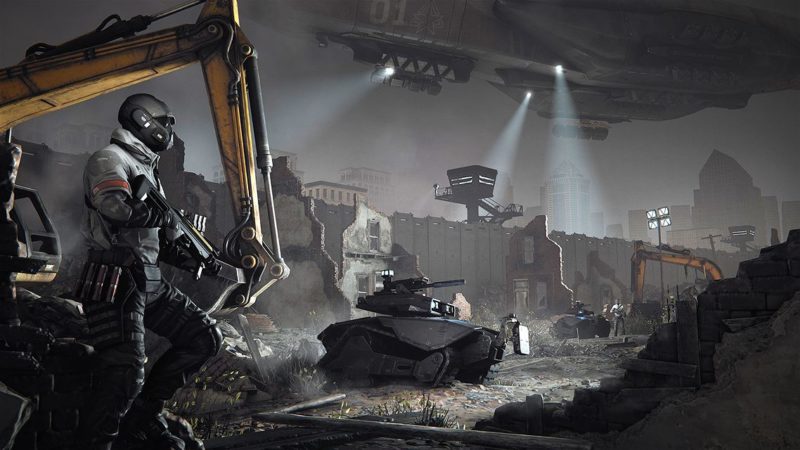
Unfortunately, the game itself does not achieve a revolutionary status. Despite a lengthy campaign, it rarely deviates from genre conventions. The open-world environment, in contrast to the linear, Call of Duty-inspired structure of its predecessor, is well-crafted. Dambuster Studios deserves recognition for the detail, including the subtle encroachment of nature upon the urban environment. However, the repetitive gray quarters and worn streets of Philadelphia become tiresome. The mission structure also lacks variety. Tasks such as planting a bomb to disrupt North Korean infrastructure alternate with rescuing key personnel.
This lack of variety contributes to a sense of tedium.
The firefights are competently executed, and the controls feel responsive, particularly after upgrading weapon grips. However, competent craftsmanship alone is insufficient to make a lasting impression. Once the initial fascination with the environments fades, the game settles into a routine. Predictability becomes a defining characteristic during a significant portion of the campaign.
The yellow zones are a notable strength. These zones are less dangerous than the war-torn red zones, and retain a degree of civilization, albeit under strict surveillance. The contrast between the red and yellow zones adds welcome variety to the gameplay. In the yellow zones, open combat is initially discouraged due to the enemy’s superior force. Players must avoid detection and support the population, sabotaging propaganda, assisting civilians, and activating resistance radio broadcasts. As residents embrace the revolution, violent liberation becomes possible. While the methods may seem simplistic and the revolutionaries’ influence unrealistic, playing in the yellow zones provides a valuable complement to the action-oriented red zones, bearing similarities to games such as Watch Dogs and Assassin’s Creed.
One scene within the yellow zones stands out. In a dimly lit basement, former doctors operate a clandestine clinic, providing basic healthcare to those abandoned by the North Korean army, which is more concerned with exploiting resources and suppressing dissent. Diary entries scattered throughout the game world reveal details about events in the rest of the USA, as well as personal reflections from soldiers struggling with the realities of war, and North Korean soldiers yearning to return home to Pyongyang. While the red zones create a sense of intensity, the yellow zones succeed in making the game world feel alive and the conflict meaningful.
Winning over the population in the yellow zones often involves simple actions, such as donating to the needy or activating rebel radio broadcasts, which quickly influence the populace. Despite the somewhat contrived nature of these actions, the feeling of gaining popular support is rewarding. As authoritarian cries are replaced by civil disobedience, Homefront: The Revolution, at its best, captures the essence of a popular uprising, rather than a small group’s futile struggle.
The plot, while not groundbreaking, presents interesting moral dilemmas. Is it better to comply with North Korean demands to avoid harsher punishments, or are sacrifices necessary to reclaim freedom? The game avoids easy answers, instead prompting player reflection. Perhaps the struggle for freedom in a dystopian Philadelphia will encourage players to appreciate the freedoms they enjoy in the real world.
Homefront: The Revolution is not without its flaws. Some, such as weapon handling, improve over time as upgrades are acquired. Others, such as the limited variation in environments and missions, persist. The difficulty level can also be inconsistent. At its worst, Homefront: The Revolution is a monotonous and frustrating experience. However, at its best, it provides a fresh perspective within a genre that often feels derivative.
